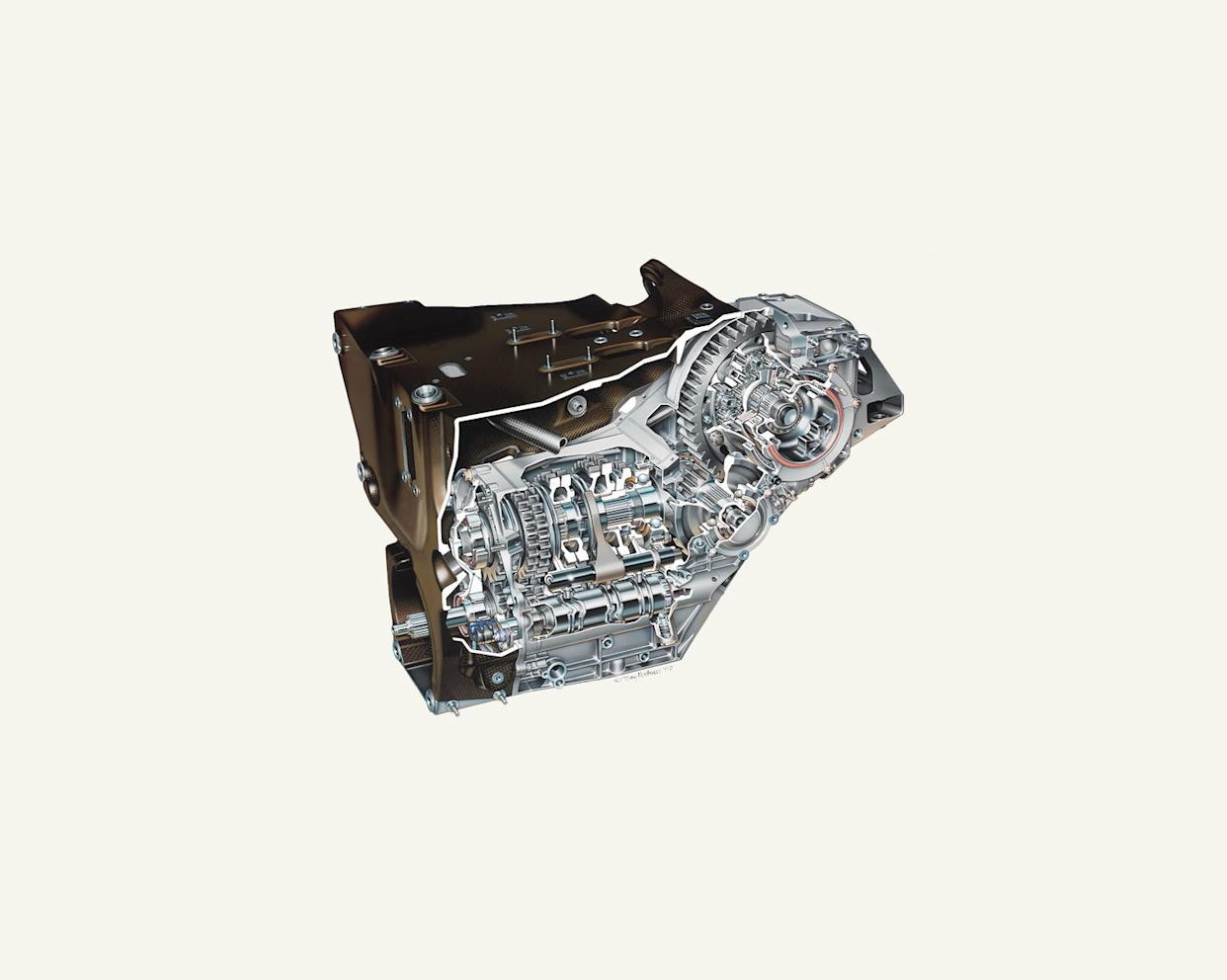
The electronic limited-slip differential (eLSD) is one of the greatest pieces of modern automotive magic. This wonderful contraption allows you to shift midcorner without lockup, helps you turn more quickly, mediates power in slippery conditions, and delegates horsepower to the tires with the most grip every few milliseconds. While the technology is similar to what’s used in center differentials and torque-vectoring systems, for the sake of simplicity and space, the focus here is on the compact trickery of an eLSD between a car’s driven axles.
This story originally appeared in Volume 30 of Road & Track.
An open differential lets the driven wheels rotate at different speeds, which means the tire with less traction will uselessly spin when the grip limit is exceeded. A locked or closed differential syncs the wheels together, aiding traction but impairing a car’s ability to turn. Mechanical limited-slip differentials represent a compromise by selectively locking in situations where one wheel might spin.
An eLSD performs the same basic task but does it better and faster. When and how much it locks up is determined by a control unit’s programming. During corner entry, for example, decreasing brake pressure and increasing steering angle signal the diff to open. After the apex, the computer senses increasing throttle and decreasing wheel angle, and it begins locking the diff to maximize traction.
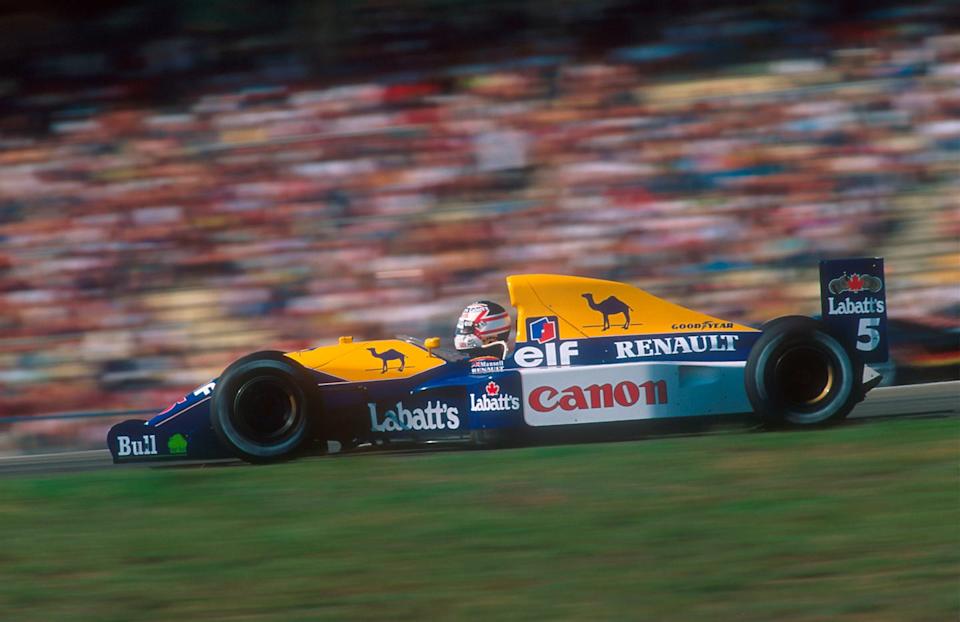
The Ferdinand Porsche–designed Auto Union Type C is credited as the first automotive use of a limited-slip differential, which was built by ZF. Following World War II, the LSD made its way from motorsport into road cars, but it would be decades until electronic control entered the picture.
While Porsche developed a system for the rally-racing 959 in the Eighties, the modern eLSD’s inspiration comes from Formula 1.
It may come as no shock that the 1992 Williams FW14B, with its many active electronic systems, was the first F1 car to use an eLSD, which surprisingly wasn’t banned along with active suspension and other driver aids. Ferrari began to design its own system after seeing the benefits in competition (and later developed the tech for its road cars). Unexpectedly, a major inspiration was not just the eLSD’s function but aerodynamics.
In 1996, the new chief designer of Scuderia Ferrari, Rory Byrne, wanted hardware to bend to the air, not the other way round. “Rory is very much an aerodynamically driven designer,” explains Nick Collett, a transmission systems engineering manager for the team. “And the differential we had in the car in 1996 was quite wide. One of the major reasons for doing an e-diff was packaging.”
A.
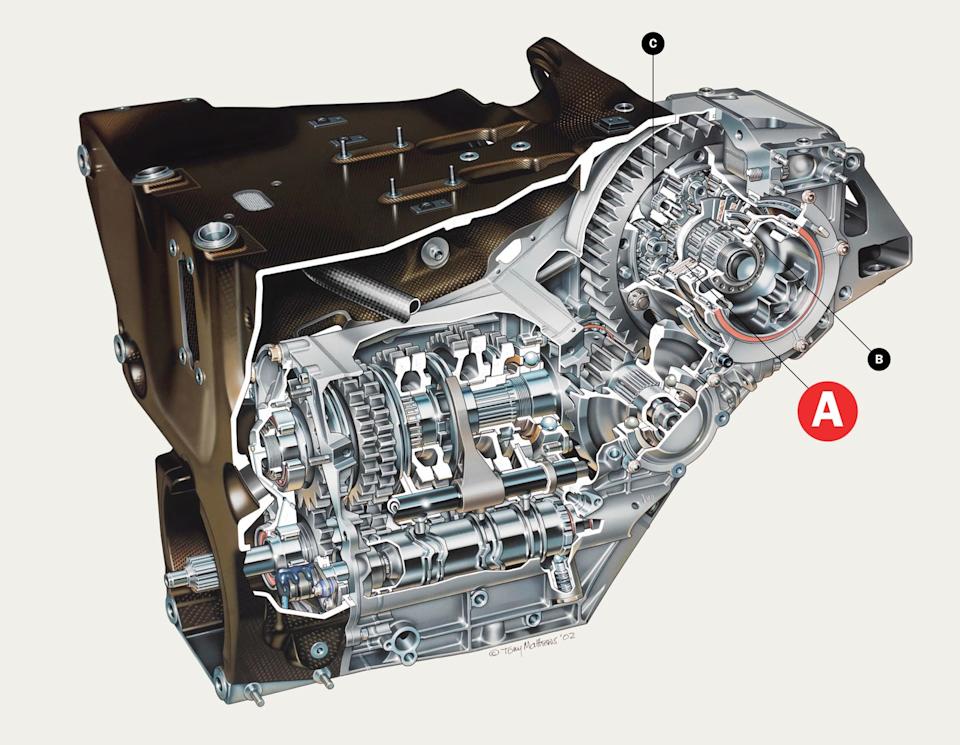
Also found on some road cars, this setup uses a clutch pack that sits between the output shaft of the differential and the half-shafts to lock the axles or let them rotate independently.
B.

This ring engages and disengages the clutch plates depending on the amount of hydraulic pressure applied.
C.
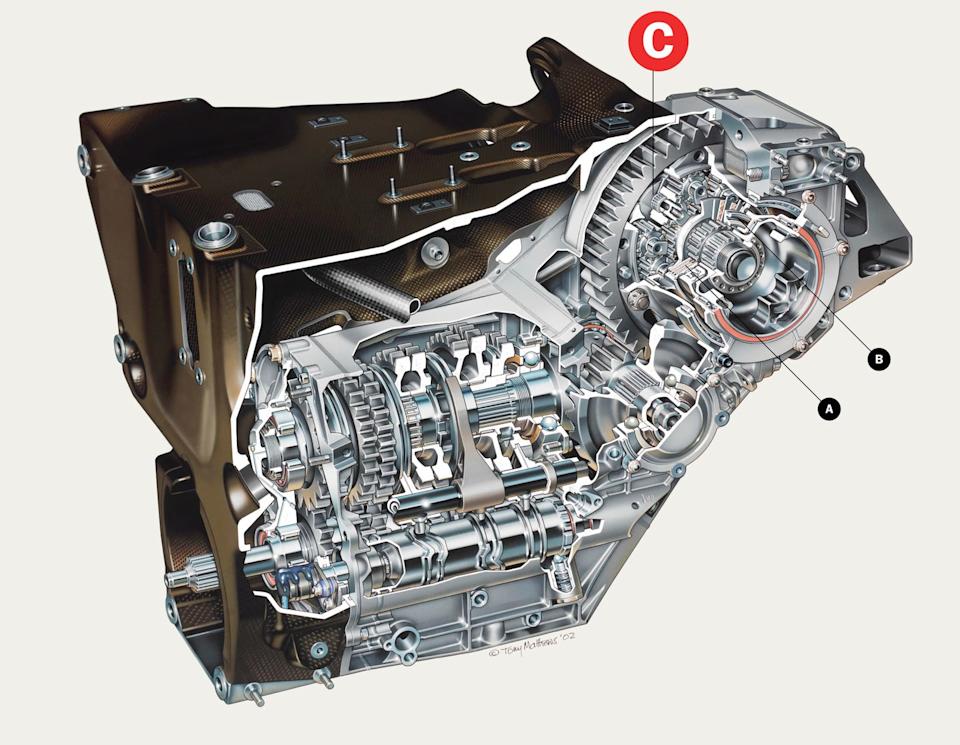
Ferrari saved additional space by using a narrow planetary gearset for its Formula 1 differential.
It took two years of designing, testing, and programming before Ferrari’s eLSD was race-ready in 1998. To adjust the outgoing mechanical LSD for a specific track, race mechanics had to dismantle the entire transmission. The eLSD could be quickly adjusted with software, and by 2001, Michael Schumacher was changing the differential maps between corners with a dial on the steering wheel.
Ferrari wasted little time adapting the technology for public consumption. In 2002, it began developing an eLSD for the F430. With its eLSD, a new traction- and stability-control system, and almost 90 more horsepower than the outgoing 360, the F430 lapped Ferrari’s Fiorano test track over three seconds quicker than its predecessor.
The Formula 1 packaging advantage also applies for roadgoing cars. Compared with a torque-vectoring active differential (or even a pair of electric motors), the eLSD is relatively small. What it gives up in side-to-side torque bias, it makes up for in tidy dimensions.

And the technology has progressed to incorporate all-wheel drive and four-wheel steering. “From F430 to the latest one, the F80, we never stopped evolving the system,” says Stefano Varisco, Ferrari vehicle dynamics and energetics manager.
Ferrari’s computer-controlled rear differential wasn’t the first example, but its effectiveness inspired other automakers to adopt similar systems, and the eLSD has become ubiquitous at the top of the market. Today, what was once a hidden racing trick is now commonplace on high-performance road cars.

A car-lover’s community for ultimate access & unrivaled experiences.JOIN NOW Hearst Owned
You Might Also Like

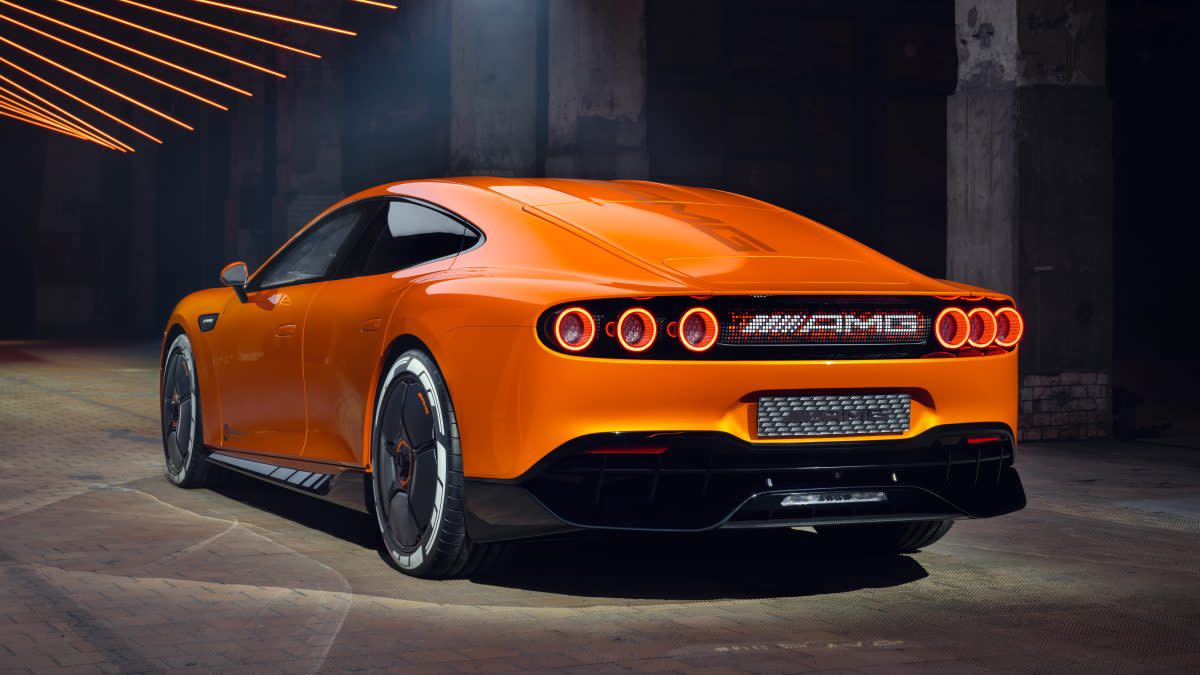


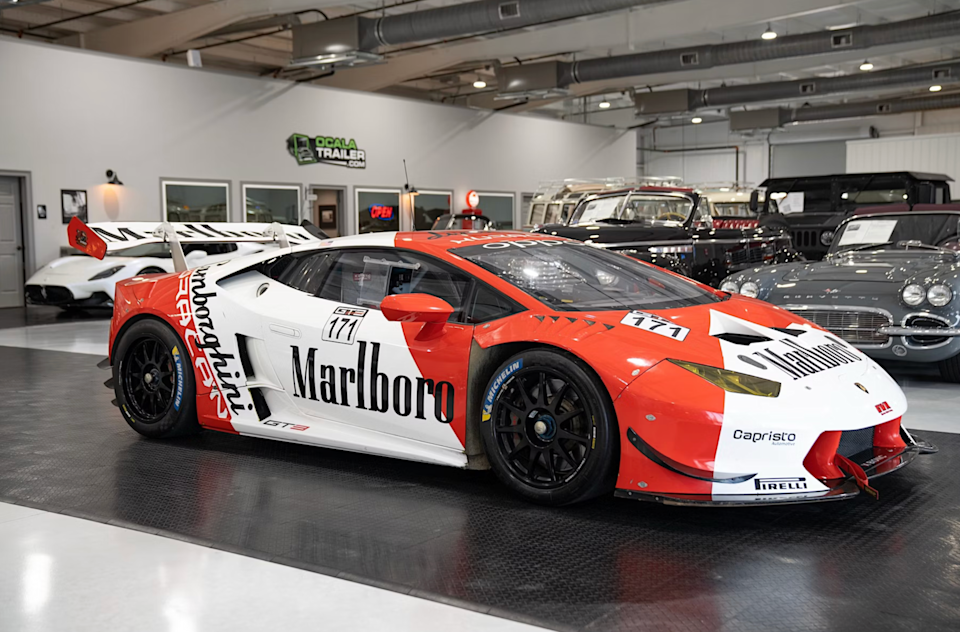
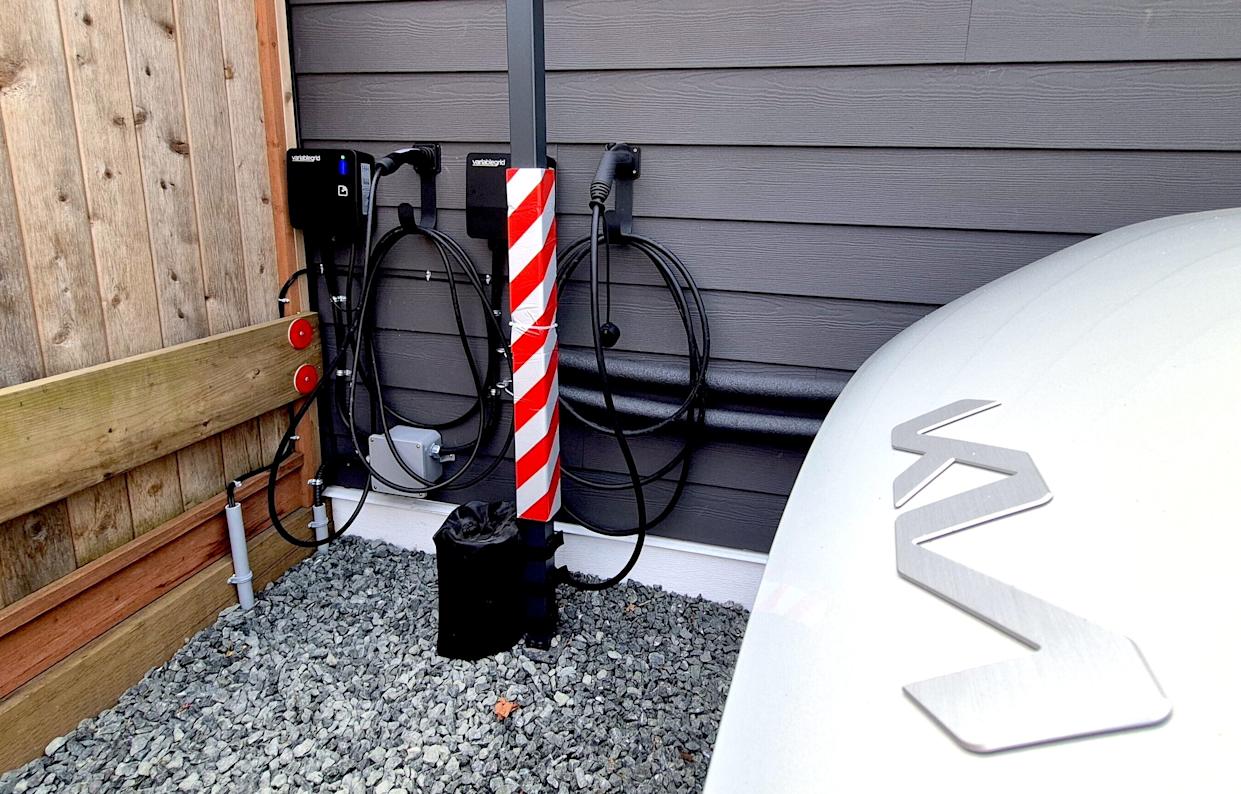
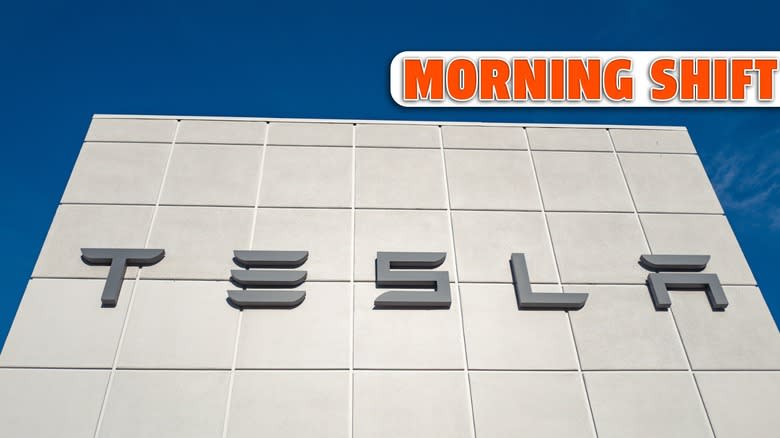
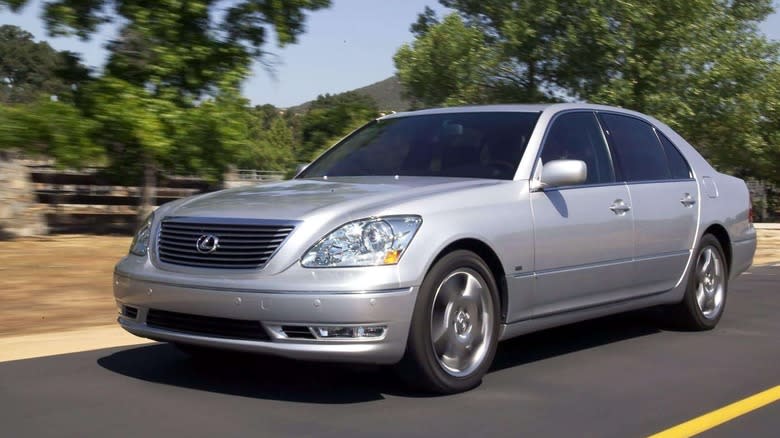
Comments